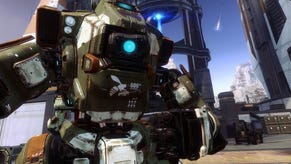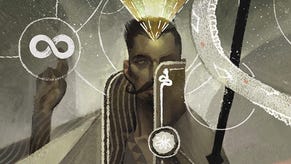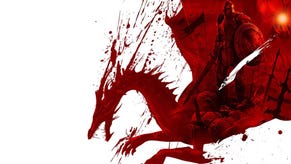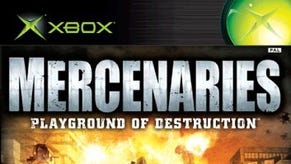Face-Off: Dragon Age II
A sense of scale.
| Xbox 360 | PlayStation 3 | |
|---|---|---|
| Disc Size | 6.1GB | 6.2GB |
| Install | 6.1GB | - |
| Surround Support | Dolby Digital | Dolby Digital, DTS, 5.1LPCM, 7.1LPCM |
After the disappointing console versions of Dragon Age: Origins, BioWare has plenty to prove with the sequel and based on our experiences with the game over the last few days, the studio has delivered. The enormous gulf between the PC and PS3/360 versions has been bridged, and despite the computer version's support for cutting edge DirectX 11 rendering tech, plus a downloadable artwork upgrade, the console SKUs are still very competitive from a visual perspective.
Of course, the chances are that you've already played the recently released Dragon Age II demo. The good news is that the PC and PS3 versions have been significantly tweaked, changed and improved from the code that's out there, and only the Xbox 360 download really represents the quality of the final product. In a sense then, this feature isn't just about comparing the three games, it's also about informing you about how much things have improved from the sampler code you've already played.
As per the norm, let's kick off with a straight comparison between the Xbox 360 and PlayStation 3 versions of Dragon Age II, supplemented with a triple-format comparison gallery.
Just like the Dragon Age II demo, the Xbox 360 version of the game runs at native 720p with 2x multi-sampling anti-aliasing (2x MSAA), which in combination with the artistic style produces a very clean-looking game. PlayStation 3 benefits from what looks like a very good implementation of morphological anti-aliasing (MLAA), similar to what we've seen in God of War III, Killzone 3 and LittleBigPlanet 2, making an already pristine-looking game look even smoother. MLAA suffers pixel popping and other artifacts when applied to sub-pixel edges, but there don't appear to be so many visible in Dragon Age II; the implementation is an excellent fit for BioWare's art design.
In our Dragon Age II demo analysis we highlighted a number of visual differences between the two console downloads - most notably differences in self-shadowing, halo effects surrounding characters when depth of field was in play, and differences in the lighting.
It now seems to be the case that the PlayStation 3 demo was based on unfinished code as there have been a number of minor refinements in terms of both looks and performance. The depth of field halo is now implemented on PS3, making it a match for both PC and 360, and while there are still some differences in shadow implementation (basic bilinear percentage closer filtering on PS3, with noisy penumbra on PC and 360), self-shadowing looks to be much closer. Indeed, in this latter aspect, the PS3 game actually seems to be closer to the PC version.
There still seems to be a different lighting implementation on PS3 that doesn't match either 360 or PC versions, and there's most definitely a change in the way specular maps (the "shine" you see on mostly metallic materials) are handled, but this isn't really a big deal at all - it may be down to something as simple as a different pixel shader implementation. Visually, these games are very, very close - more so than the demo code suggested.
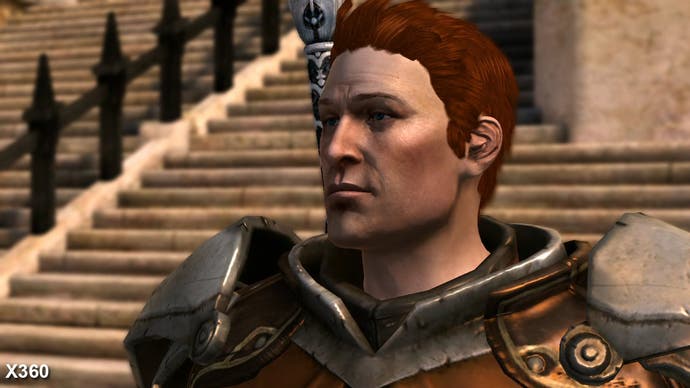
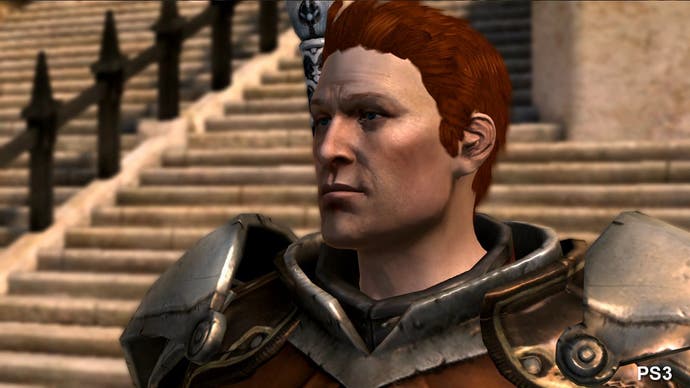
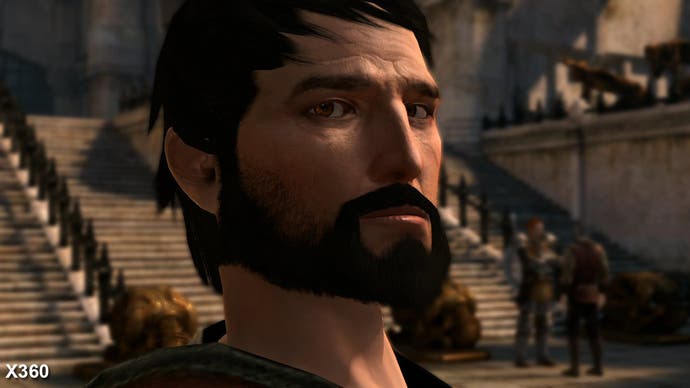

Performance was a pretty major issue in the Dragon Age II demo. There we saw that both Xbox 360 and PS3 versions of the game implemented v-sync, ensuring image consistency but resulting in some very noticeable performance dips. The Sony platform appeared to be marginally smoother in the cut-scenes, but in-game, roles were reversed. During intense gameplay with lots of magic being executed, the PS3 in particular suffered up against the 360 version operating in very similar circumstances. However, the Microsoft console could struggle too, and we could see performance drops to a sustained 20FPS in stressful scenes. Not good.
The same basic set-up remains in the final version of the Xbox 360 game, but it's clear that BioWare wasn't happy with the way things were running and made some pretty fundamental changes to the way frames are refreshed on PlayStation 3. To cut a long story short, frame-rate is now unlocked and v-sync has been turned off, resulting in noticeable screen-tear.
To see how this affects the gameplay experience, it's worth breaking it down into its component parts: environment traversal, combat, and cut-scenes. Let's check out that latter element first since it accounts for so much of the game.
There's no doubt that cut-scenes are noticeably smoother on the PlayStation 3 version of Dragon Age II, and because the talking head sections are mostly static in nature, screen-tear is much more difficult to pick up with the human eye. The flipside of this is that on really heavy scenes (for example, crowded townscapes) where the camera pans across the scene, the lack of v-sync really hits home with some very off-putting tearing.


